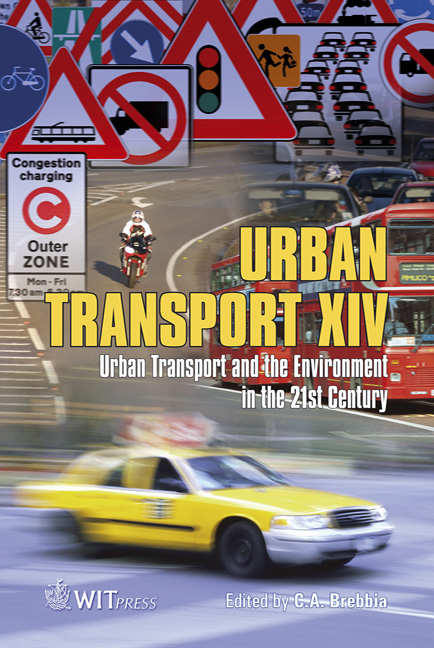Nanotechnology And Modern Materials As A Way To Make Road Transportation Cleaner
Price
Free (open access)
Transaction
Volume
101
Pages
10
Page Range
345 - 354
Published
2008
Size
1,022 kb
Paper DOI
10.2495/UT080341
Copyright
WIT Press
Author(s)
P. Fuć
Abstract
There is no doubt that the share of newly registered vehicles fitted with combustion engines will grow, particularly those fitted with diesel engines for their much lower fuel consumption. Due to the specificity of the diesel engines and the issues related to NOx and PM emission, continuous research is being done in order to reduce those emissions. Investigations continue to implement new technologies such as the addition of urea into the exhaust gases to generate a NOx reducing atmosphere or to reduce the maximum temperature of PM ignition. Another rapidly developing branch is nanotechnology and thermoelectric materials. This article presents the possibility of the application of nanostructural materials in order to increase the environment friendliness of certain vehicle subassemblies. Methods of energy recuperation with the use of thermoelectric materials have also been presented. The authors aim to develop an aftertreatment system with low temperature energy recuperation from the exhaust gases. Keywords: nanotechnology, aftertreatment, recuperation. 1 DPF with nanoparticle catalysts A very active area of development in the DPF field is optimization of the system. Today, there are three primary filter materials in significant series production: SiC, cordierite, and aluminum titanate and others. Ohno et al. describe that latest material developments for it by improving the bond contact area with SiC grains and by adjusting filter porosity, the thermal conductivity of the material increases relative to other SiC materials, allowing for a higher critical soot loading limit. Finally, it is difficult to develop a successful new DPF material, as
Keywords
nanotechnology, aftertreatment, recuperation.





